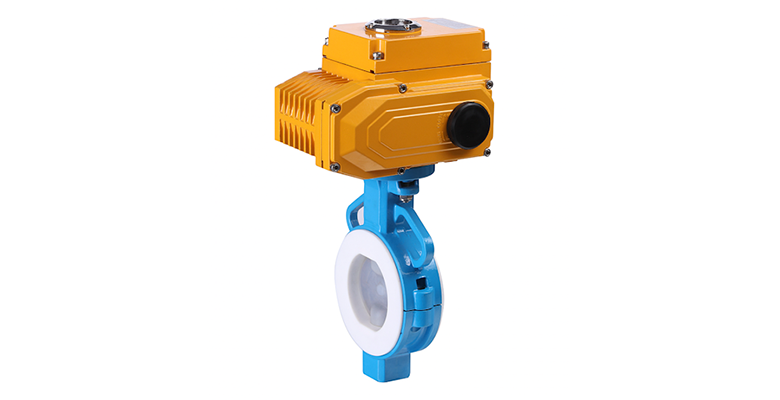When it comes to controlling the flow of water or other liquids, a solenoid valve is an essential tool. Solenoid valves can be wired in two ways: 2 wire and 3 wire. In this blog post, we’ll take a look at the differences between these two wiring methods, and discuss when each should be used. By understanding the basics of solenoid valve wiring, you’ll be able to select the right method for your needs and get your system up and running quickly and easily. Thanks for reading!
How To Wire A 2 Wire Solenoid Valve
Wiring a 2-wire solenoid valve is a simple process that anyone with basic wiring experience can complete. The first step is to identify the positive and negative wires on the valve. In most cases, the positive wire will be red and the negative wire will be black.
Once the wires have been identified, they can be connected to the power source. The positive wire should be connected to the positive terminal, and the negative wire should be connected to the negative terminal.
If the power source is a battery, it is important to make sure that the polarity is correct; otherwise, the valve will not work properly. Once the wires are connected, the solenoid valve can be tested by applying power to it and observing whether or not it opens and closes as expected. If it does not operate as expected, check the connections and ensure that they are secure before testing again.
Does it matter which wire goes where on a solenoid?
Interpreting the directions on a solenoid can be tricky. After all, there are usually two sets of wires: the power wires and the load wires. The power wires supply electricity to the solenoid, while the load wires connect to the device that the solenoid is controlling. In most cases, it doesn’t matter which wire goes where. However, there are a few circumstances when the order of the wires does matter.
For example, if the solenoid is controlling a switch, it’s important to make sure that the load wire is connected to the correct terminal. Otherwise, the circuit may not work properly.
Additionally, some solenoids have polarity requirements, meaning that the power wire must be connected to the positive terminal and the load wire must be connected to the negative terminal.
Failure to follow these requirements can damage the solenoid or prevent it from working entirely. As a result, it’s always best to consult the owner’s manual or a qualified technician before wiring a solenoid.
How do you hook up a solenoid wire?
A solenoid is a coil of wire that creates a magnetic field when an electric current is passed through it. Solenoids are frequently used in electrical devices such as door locks and car starters.
When the solenoid is energized, the magnetic field pulls a metal rod into the center of the coil, creating a circuit.
In order to hook up a solenoid wire, you will need to connect one end of the wire to the positive terminal of a power source and the other end to the negative terminal. The strength of the magnetic field can be increased by winding the wire around the iron core more tightly or by increasing the amount of current flowing through the coil. By Hooking up a solenoid wire, you can create an electromagnet.
How many wires are connected to a solenoid?
Solenoids are devices that use electromagnetism to generate linear motion. They are used in a wide variety of applications, from door locks to automotive starters. A solenoid typically consists of a coil of wire wrapped around a metal core. When an electric current is passed through the coil, it creates a magnetic field that interacts with the metal core, causing it to move.
The number of wires that are connected to a solenoid depends on the specific application. For example, a simple door lock solenoid may only require two wires, while a more complex device such as an automobile starter may require four or more. In general, the more sophisticated the solenoid, the greater the number of wires that are required.
What is a 2 way solenoid valve?
A 2 way solenoid valve is a device that uses electromagnetic force to open or close a valve. The most common type of 2 way solenoid valve is the Normally Closed (NC) valve, which stays closed when no current is applied and opens when current is applied.
The other type of 2 way solenoid valve is the Normally Open (NO) valve, which stays open when no current is applied and closes when current is applied. 2-way solenoid valves are often used in automatic control systems, such as those used in irrigation systems, because they can be quickly and easily opened or closed with a small amount of electrical power.








